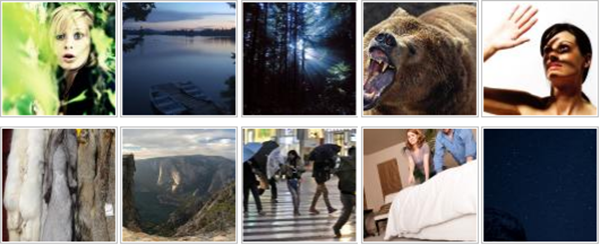
Mother Nature's scary side
Green living usually goes hand in hand with a love of nature; it’s about protecting and enjoying all the planet has to offer. But not everyone fancies communing with trees, taking in mountain vistas, or sitting face-to-face with gorillas in their natural habitat. For some, the mere thought of such activities sends them into a panic. Their hearts race, their hands tremble, and they’ll do just about anything to steer clear.
The following environmental phobias may sound amusing on the surface, but for those who suffer from them, they are a living nightmare. Not to worry, though: Most phobias (irrational, overwhelming fears that may be genetic, learned or caused by traumatic experiences) can be overcome with therapy and relaxation techniques - meaning you can get back to loving the planet again, up close and personal. (Text: Sidney Stevens)
1. Limnophobia
Photo: Vimages/flickr
Think of lakes and most of us envision swimming, picnicking and sailing. But for an unfortunate few, the thought of sticking even a toe in the water or sitting lakeside brings on the shudders. Limnophobia isn’t necessarily an aversion to the surface waters, but more an all-consuming fear of what might lie beneath. Thus the term is also used to describe a fear of other murky bodies of water, like marshes, swamps and ponds.
2. Hylophobia
Photo: phault/flickr
In fairy tales and movies, the forest can be a scary place (think of the Big Bad Wolf, the Blair Witch and other woodland ne’er-do-wells). Once we leave childhood, most of us stop trembling at the thought of being lost in the woods and being at the mercy of evildoers, but for an unlucky few, even a short forest hike can quickly turn to horror with imagined wild animals and serial killers lurking behind every tree. For a small subset of hylophobes, the terror is particularly bad at night and is called nyctohylophobia.
3. Agrizoophobia
OK, most of us don’t relish the thought of being stalked by a man-eating tiger or torn limb from limb by a grizzly bear. In fact, you might think that a fear of wild animals just makes good survival sense. However, agrizoophobia goes well beyond setting healthy boundaries between you and nature’s most ferocious beasts. Many sufferers can’t go to a zoo, own a pet, or even watch a nature show without being overcome by terror. And for some, even small, relatively harmless beasts have the power to bring on the willies. Zemmiphobes, for instance, can’t abide the sight of naked mole rats with their wrinkled hairless skin, teeny eyes, and large, curved front teeth.
4. Heliophobia
Photo: jupiterimages
Like vampires, heliophobes will do almost anything to avoid sunlight. Their fear may arise from concerns about skin cancer or even anxiety about the eventual obliteration of the planet in a giant sun explosion. Whatever the cause, people with an unreasonable fear of solar rays often exhibit some bizarre behaviours, such as covering their windows, donning protective clothing if they need to go outside, and even refusing to go out altogether.
5. Doraphobia
Photo: echoforsberg/flickr
Undue fear of fur often begins with disgust that animals must be skinned to supply humans with luxury coats and decorative trim. But that’s not the only way doraphobia arises. Many pelt loathers simply despise the look, texture and smell of fur, while others develop the condition after being attacked by an animal. For sufferers, even petting a dog or viewing a photo of grandma in her mink stole can result in all-out panic.
6. Aeroacrophobia
Photo: David'n'Sheila/flickr
Akin to a fear of heights, those with aeroacrophobia tremble and sweat at the sight of vast open views from mountaintops, cliffs and other high-altitude perches. This unreasonable fear of open high places and the vertigo that often accompanies it may become so disabling that sufferers choose to live and vacation in flat geographical areas, avoid flying, and may even shun photos taken from higher ground.
7. Ancraophobia
Most of us love a summer breeze across our skin, the soft whoosh of wind in the treetops, and even the thrill of powerful storm gales - but not those with ancraophobia. For them, even a waft of air dredges up dread, perhaps reminding them of the wind’s potential to kill and destroy. Ancraophobes often hide at the first hint of a gust and may even avoid things that merely remind them of wind, such as kites or ocean waves.
8. Entomophobia
You name a creepy-crawly and there’s probably a phobia for it - fear of termites (isopterophobia), moths (mottephobia), lice (pediculophobia), and wasps (spheksophobia), to name just a few. Then there are those who fear all creepy-crawlies. Entomophobes, as they’re called, go crazy at the sight or sound of anything scrambling, slithering or buzzing nearby. In fact, many insect abhorrers avoid going outdoors altogether and spend an exorbitant amount of time and money trying to keep their indoor spaces bug-free.
9. Anablephobia
Photo: ronaldhole/flickr
You may remember lying on your back in summer contemplating the wild blue yonder overhead. Or maybe you’re inspired by the vastness of the night sky filled with stars and galaxies that seem to spread forever. But those with anablephobia (literally the fear of looking up) aren’t fascinated or comforted by any of it - not by the immensity of what stretches above us or the awesome mysteries of the universe beyond. In fact, the very notion of so much infinite space shakes them to the core. Some anablephobes can be overwhelmed by a feeling of insignificance while others are “Chicken Littles,” always fretting that the sky (and other heavenly objects) are falling.
10. Athophobia
Photo: Mount Rainier NPS/flickr
Imagine throwing up at the sight of a rose or being socked by vertigo as you wander through a wildflower meadow. Most of us love blossoms - with their remarkable colours and exquisite scents. But people with athophobia can’t abide either. For them, flowers may be symbolic of some ghastly evil (e.g. the Grim Reaper is often depicted with a white rose) or the flowers may be a reminder of the potentially harmful creatures that rely on petals and pollen for their livelihoods (think bees and their dreaded stings).
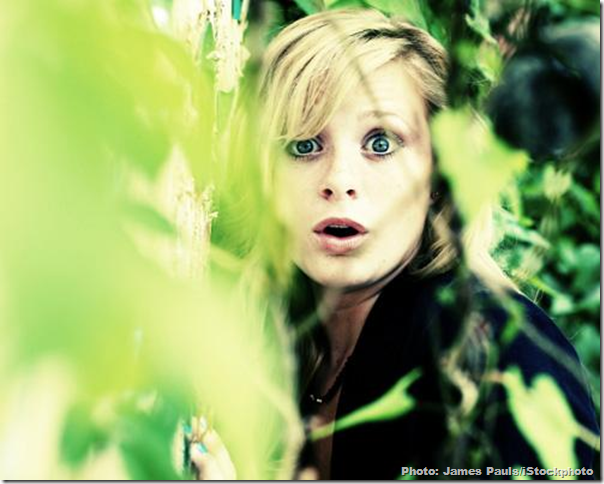
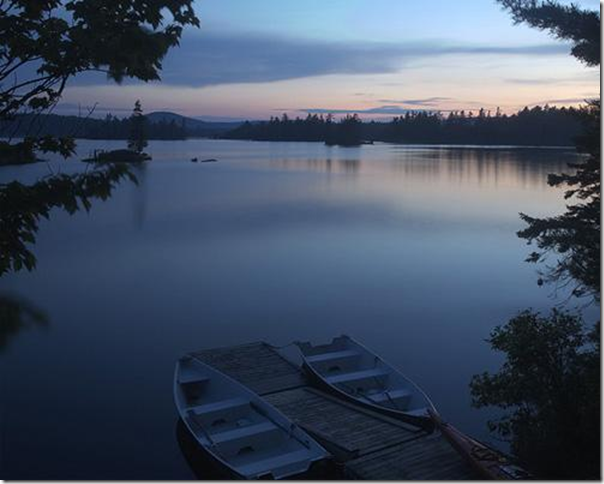
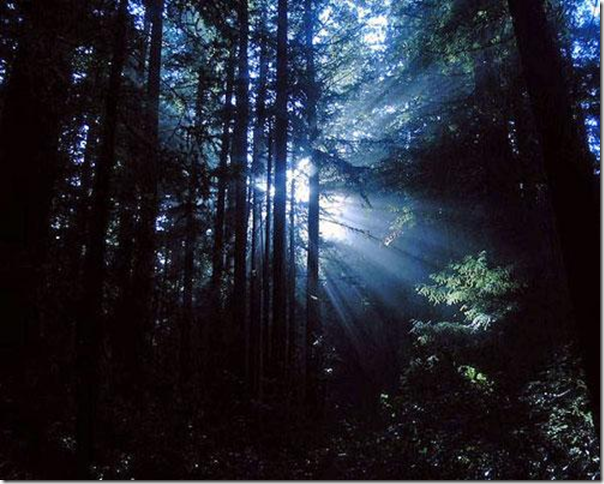
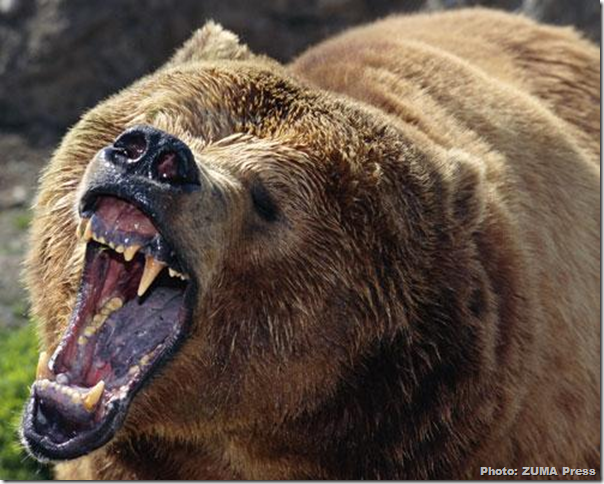

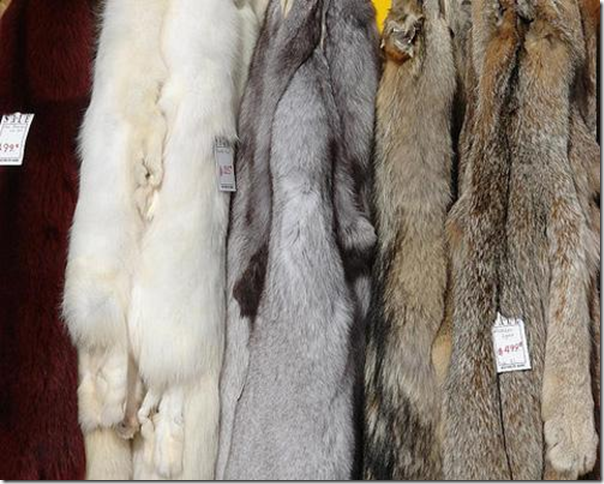
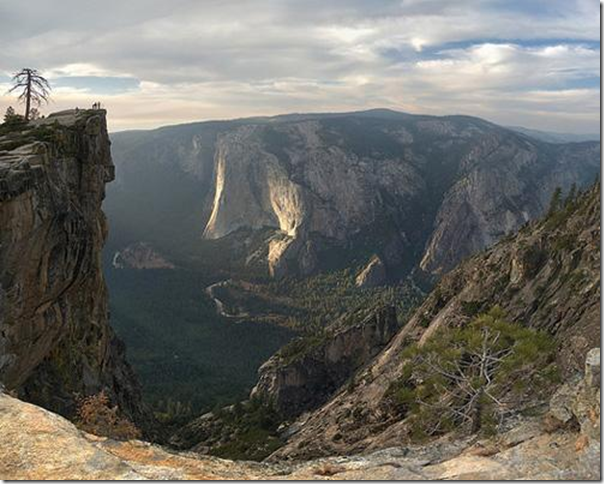
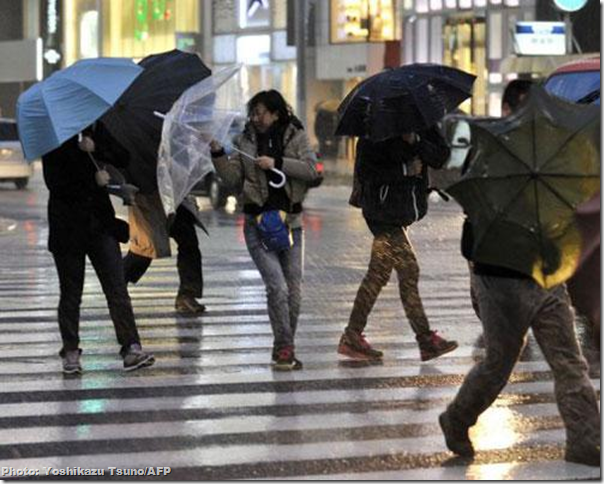

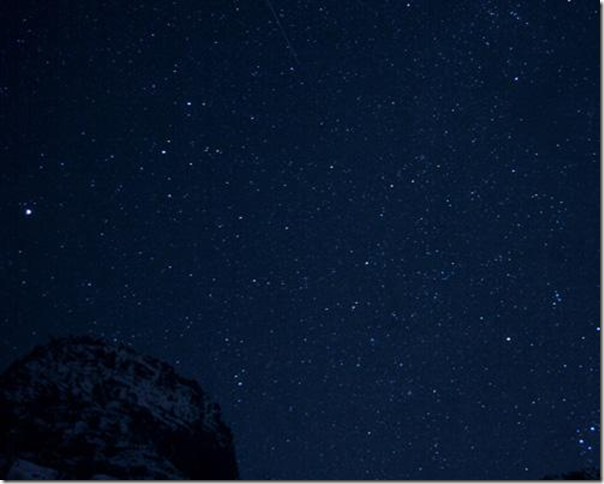

No comments:
Post a Comment
Please adhere to proper blog etiquette when posting your comments. This blog owner will exercise his absolution discretion in allowing or rejecting any comments that are deemed seditious, defamatory, libelous, racist, vulgar, insulting, and other remarks that exhibit similar characteristics. If you insist on using anonymous comments, please write your name or other IDs at the end of your message.